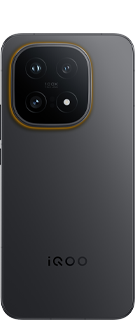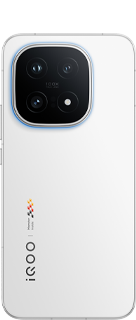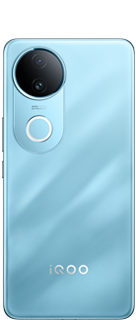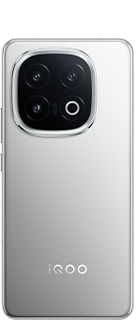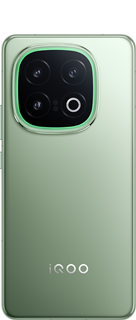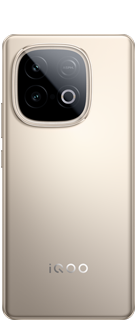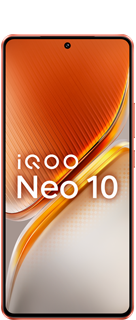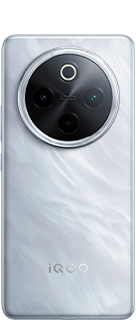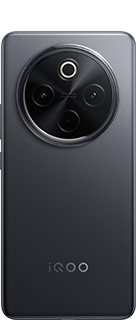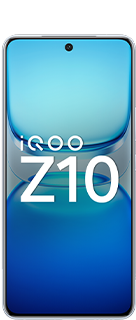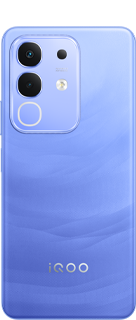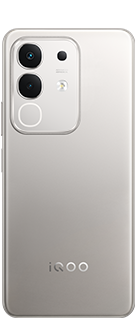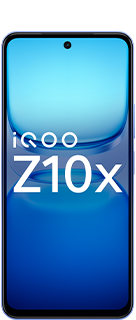Sony's LYT Sensor: A New Era, or Just a Rebranding?

Sony, a titan in the smartphone camera sensor market, introduced the LYTIA line (LYT) in 2023. This sparked a debate: is it a genuine improvement over the established IMX series, or simply a new name? Let's delve into the details.

IMX Legacy: A History of Excellence
The IMX series has been synonymous with high-quality smartphone photography for years. These sensors boast impressive features like:
- High Resolution: Capable of capturing stunning detail, catering to flagship phones.
- Superior Low-Light Performance: Excellent image quality even in dim conditions.
- Advanced Features: Support for high frame rate video recording and computational photography techniques.
These features come at a price, making IMX sensors a mainstay in premium devices.
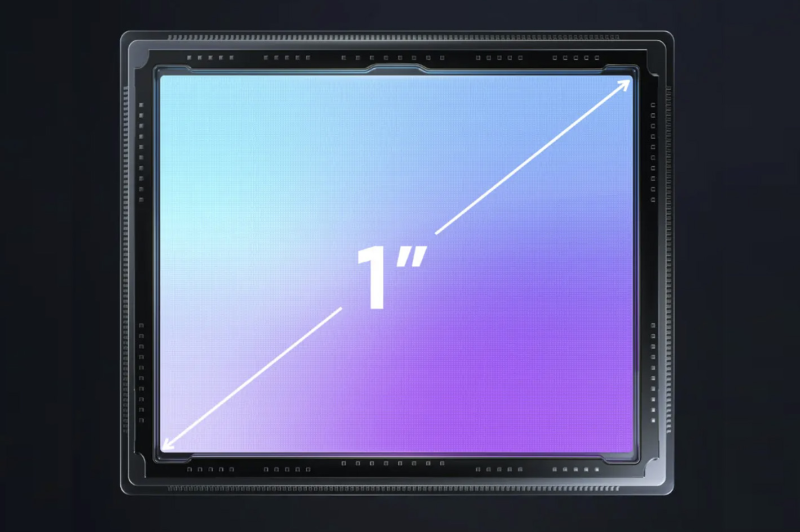
LYT Sensors: A New Chapter
Sony's LYTIA line positions itself as a new approach to smartphone image sensors. Here's what we know so far:
- Focus on Value: Early indications suggest LYT sensors target mid-range and budget phones, offering good image quality at a more competitive price point.
- Balanced Performance: LYT sensors may not push the boundaries of resolution or low-light performance like high-end IMX models, but they should deliver decent overall image quality, color accuracy, and acceptable low-light capabilities.
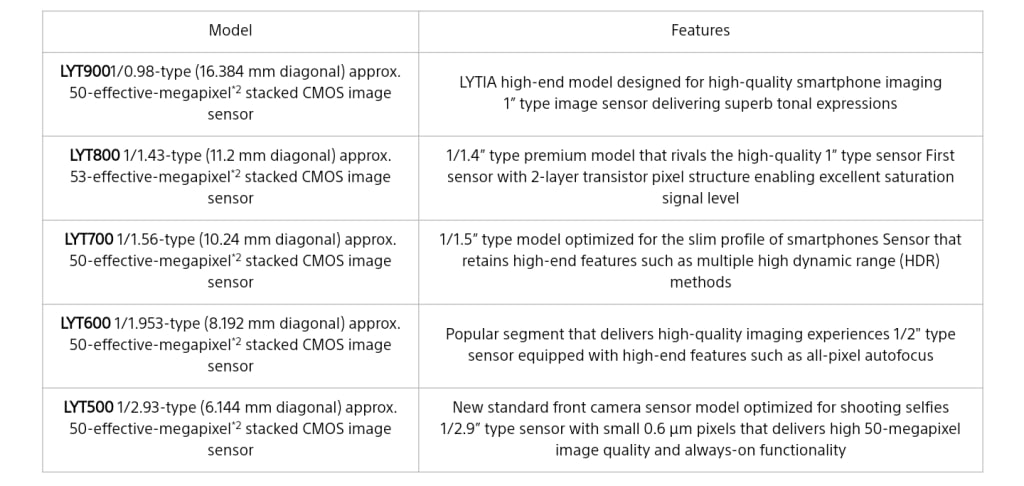
So, is LYT Better than IMX?
The answer depends on your priorities:
- For Top-Tier Photography: If you prioritize absolute best image quality, low-light prowess, and cutting-edge features, flagship phones with high-end IMX sensors remain the champions.
- For Value and Everyday Use: If you seek a good camera experience without breaking the bank, LYT-equipped phones could be a compelling option. They should handle everyday photo needs well.
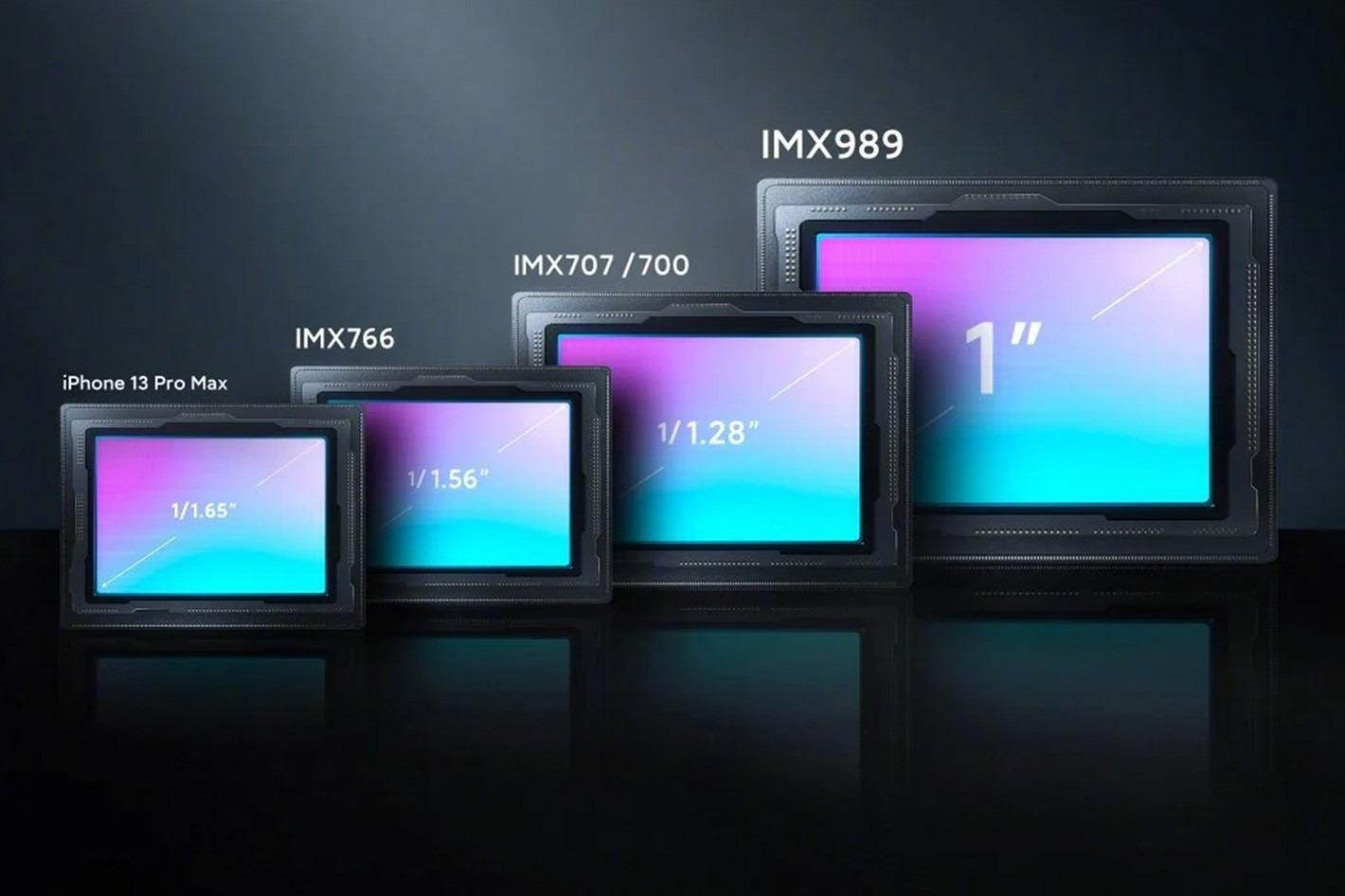
Here's the Catch:
While the LYT branding seems like a fresh start, things get interesting. Some LYT sensors are essentially rebranded versions of familiar IMX models. For instance, the LYT900 is believed to be the IMX989 with a new name. This suggests a strategic shift by Sony, potentially streamlining their product lines.

Beyond the Sensor: A Look at Nuances
It's important to remember that the sensor is just one piece of the smartphone camera puzzle. Image processing software and overall camera implementation also play a crucial role. A well-optimized LYT sensor with good software support from the phone manufacturer can deliver surprisingly good results.

The Future of LYT
LYT sensors are still new, and their long-term impact remains to be seen. Here are some possibilities:
- Evolution, Not Revolution: LYT sensors might primarily serve as a value-oriented alternative within Sony's existing lineup.
- Innovation on the Horizon: Sony could leverage the LYT brand to introduce more innovative sensor technologies focused on specific user needs.
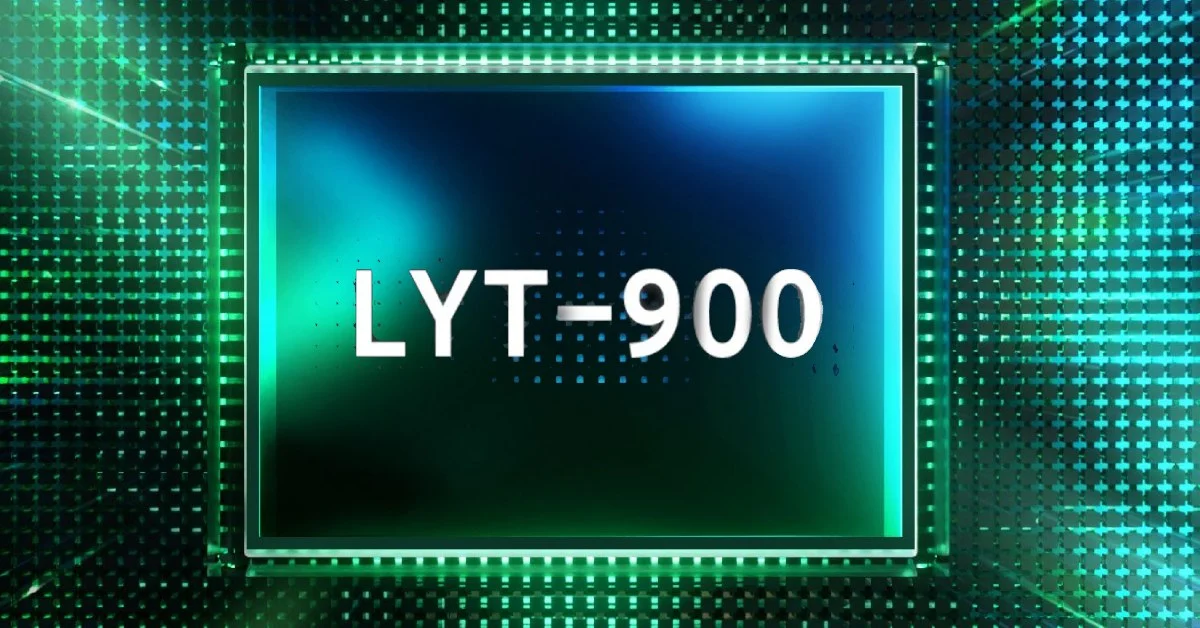
Conclusion
Sony's LYT sensors offer a new choice for smartphone manufacturers. While they may not dethrone the top-tier IMX series, they provide a potential path to good image quality at a more accessible price point. As technology evolves, LYT sensors could become a key player in the democratization of high-quality smartphone photography.

Please sign in
Login and share
